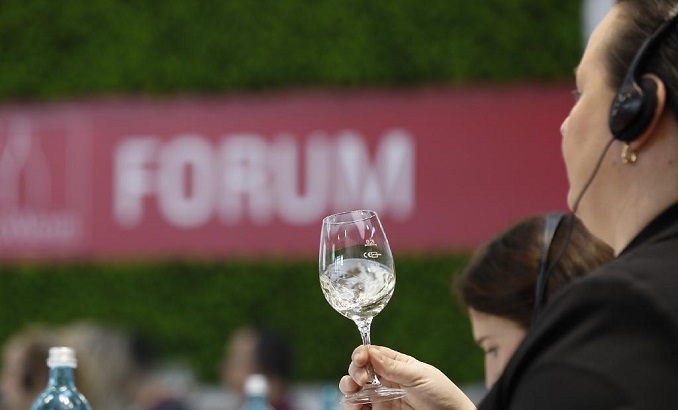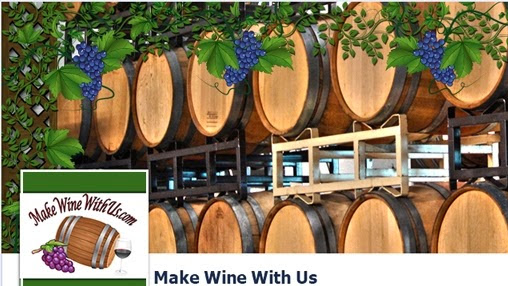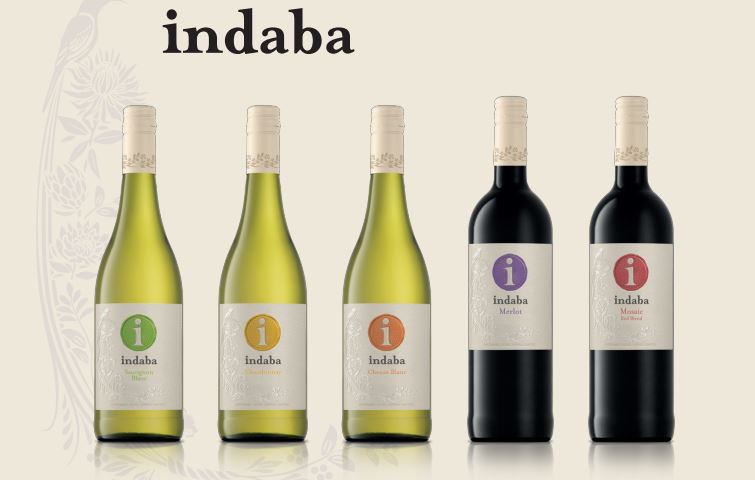By Paula Redes Sidore & Stuart Pigott
France’s famous bubbles have for generations reaped the rewards of their reputation as the elite top tier of the global sparkling wine hierarchy. With sparkling wines representing the fastest growing wine category of the last 25 years, they, and to a lesser extent their traditional method cohorts like Cava (Spain), Franciacorta Spumante (Italy) and Winzersekt (Germany), delivered complex flavors that justified their often healthy and sometimes stratospheric prices. Yet heavy is the bottle that wears the Méthode Champenoise crown. As Champagne faces an existential threat through climate change, and the Millennial “frugal hedonist” continues to shape market offerings, a world of delicious alternatives on display at ProWein, International Trade Fair for Wines and Spirits (March 15 — 17, 2020 in Düsseldorf, Germany) have begun emerging from their cousins’ glitzy shadow.
The rise of these “other” bubbles has required a great deal of reorientation on the part of producers and consumers. For generations, they suffered under a long-seated and self-inflicted inferiority complex and consumer cynicism rooted in the cheap, steel-tanks-and-temperature-controlled plonk that flooded the market in the 1970s and early 1980s. Few who lived through that age can forget names like Cold Duck, Asti Spumante and Riunite Lambrusco (for a generation the biggest brand in the US market), which played to the masses, typically through generous sweetness. Even Prosecco suffered under a humble reputation for decades, particularly as Prosecco Frizzante with lower pressure in the bottle than Prosecco Spumante (a category invented in order to avoid Germany’s sparkling wine tax). There are good reasons why at least one entire generation came to view anything but Champagne itself as, at best, off-brand substitute suds. The strong recent growth of Prosecco, however, reflects the mood of a buying public much less focused on connoisseurship than on curiosity. In 2018, Prosecco was recognized as the best-selling sparkling wine in the world by volume, surpassing even Champagne. The benefits of Prosecco’s Charmat (“tank”) charms are clear: competitive price point, reliability and — the buzzword of modern planet wine — freshness. Yet there is a dark side, with reliability achieving no more than what we might politely call neutrality, or less generously ‘mediocrity.’ Consumers began treating the category itself as a brand — Mionetto (Hall, Stand F21) is perhaps a rare example of a Prosecco with a genuine brand identity in multiple markets.
Yet somehow these ‘tiny bubbles’ managed to change their own narrative. Prosecco gained its DOC status in 2009, and just 10 years later the Prosecco hills of Conegliano and Valdobbiadene were declared a UNESCO world heritage site. In the UK, Prosecco’s second largest global market, sales of the Prosecco Conegliano Valdobbiadene DOCG recorded the strongest growth in the market, surging by 38% in value and 35% in volume between 2016 and 2017. When origin matters, quality follows. “The real value of DOCG is the fact of being really different and recognizable,” says export sales manager Mara Ghirardi for L’Antica Quercia (Hall 15, Stand F 21), “We believe that consumers no longer want a standard Prosecco, but are looking for original and unique varieties.” In the Superiore and Rive designations, a handful of producers are also experimenting with partial barrel maturation and extended lees contact in an effort to marry classic Prosecco freshness with a true taste of place.
The Prosecco di Valdobbiadene “Cinqueanni” from Ruggeri (Hall 13, Stand C 43)), for example, is a limited release, single vintage, single old-vine vineyard, charmat method Prosecco with 46 months on the lees. Unlike many of its Champenois cousins, the lees here enhance the distinctive Prosecco character rather than distract from it: juicy and lean, supple but never sweet. And what sets it apart are indeed the tiny bubbles. A fine, elegant bead twinkling like christmas lights in the glass, more Van Gogh ‘Starry Night’ than Coco Chanel’s pearls. And at €35.00 a bottle the price is serious enough to make you focus on the wine, but not so much that you forget the reason you’re celebrating.
With sparkling wines accounting for 10% of total global wine sales, there is an increasingly widespread willingness to embrace a range of effervescent experiences on their own merits.
Near Bologna, the steep limestone hills in the shadow of the Apennines mountains some 640 ha are producing around 1 million bottles per year of Colli Bolognesi Pignoletto DOCG (Hall 15, Stand E 61) from the Grechetto Gentile grape variety. These Charmat produced wines reflect the stark, stony fissures dominating the landscape. They are savory, floral and mineral-driven, with a delicate fruitiness, and local producers such as Tenuta La Riva (Hall 15, Stand E 61) are like their Prosecco cousins experimenting with extended lees contact and barrel aging to enhance complexity and cellarability.
PET NAT
On the other end of the spectrum, far away from large steel tanks and clarion fruits, is Pet Nat, a cozy shorthand for Petillent Naturelle or “méthode ancestrale.” These slightly fizzy, affordable bottles are the OG traditional method. Long before there were ice baths and filters for modern champagne method production, there was Pet Nat. The idea is as simple as it is inexpensive: bottle a partially fermented wine that hasn’t been stabilized under a crown cork. Once the fermentation resumes, it releases carbon dioxide into the bottle. The trapped CO2 provides a gentle sparkle — a fizz really — at about 2.5-3 bar of pressure. When it finishes there is often a small grace note of residual sugar and a sheen of loose sediment remaining in the bottle. A successful pet nat requires equal parts skill and faith on the part of the winemaker in order to carefully wrangle the unstable wine to a point of stability, and then… to let go.
Stunning examples can be found today in the southern part of Beaujolais and the Montlouis -sur-Loire AOP of the Loire Valley where Pétillant Originel can be legally written on the label. Look to Austria and Germany, countries known for valuing authenticity, patience and transparency. Seek out the wines of Weingut Melsheimer (Hall 13, Stand D 70), or further south in the winegrowing region of Rheinhessen check out the organic rewards of Weingut Gysler (Hall 13, Stand D 70) and Weingut Riffel (Hall 13, Stand C 80).
And not to be forgotten or ignored is the original Prosecco, before tanks and controlled fermentations. Based in Asolo, Valdobbiadene and Conegliano, Col Fondo (“sui lieviti”) is Prosecco méthode ancestrale: a dry, cloudy, complex and often cellarable Glera fizz that fell out of favor in the 1980s when demand rose for crisp, clean and above all else consistent Proseccos.
Whatever the origin, Pet Nat bottles are natural, funky, and unpredictable. They reveal juicy sometimes muddy, always dynamic aromas that tend toward the nutty and the floral. They are approachable wines for the here and now, and most do not recommend exceeding 3-4 years of aging. They are also as risky for the consumer as they are for the winemaker, as the bottle differentiation is enormous, a factor that makes a nonsense of critics ratings too. That said, it is this very inconsistency that an earlier generation of drinkers might have considered a flaw that is to many consumers today the hallmarks of honesty and authenticity.
Méthode Champenoise was developed in part as a technique to compensate for unripe grapes in Champagne. Yet according to the Comité Interprofessionnel du Vin de Champagne (CVIC) average temperatures in the region have risen by 1.1 degree Celsius over the past 30 years. Achieving ripeness is no longer a problem. Rather Champagne growers today are seeking ways to preserve freshness as the wines grow heavier and riper each year. So traditional or charmat, big or tiny, when it comes to bubbles, it appears, size really doesn’t matter.








